Basic terminology used in SAP BW/BI
 Amit Yadav
Amit Yadav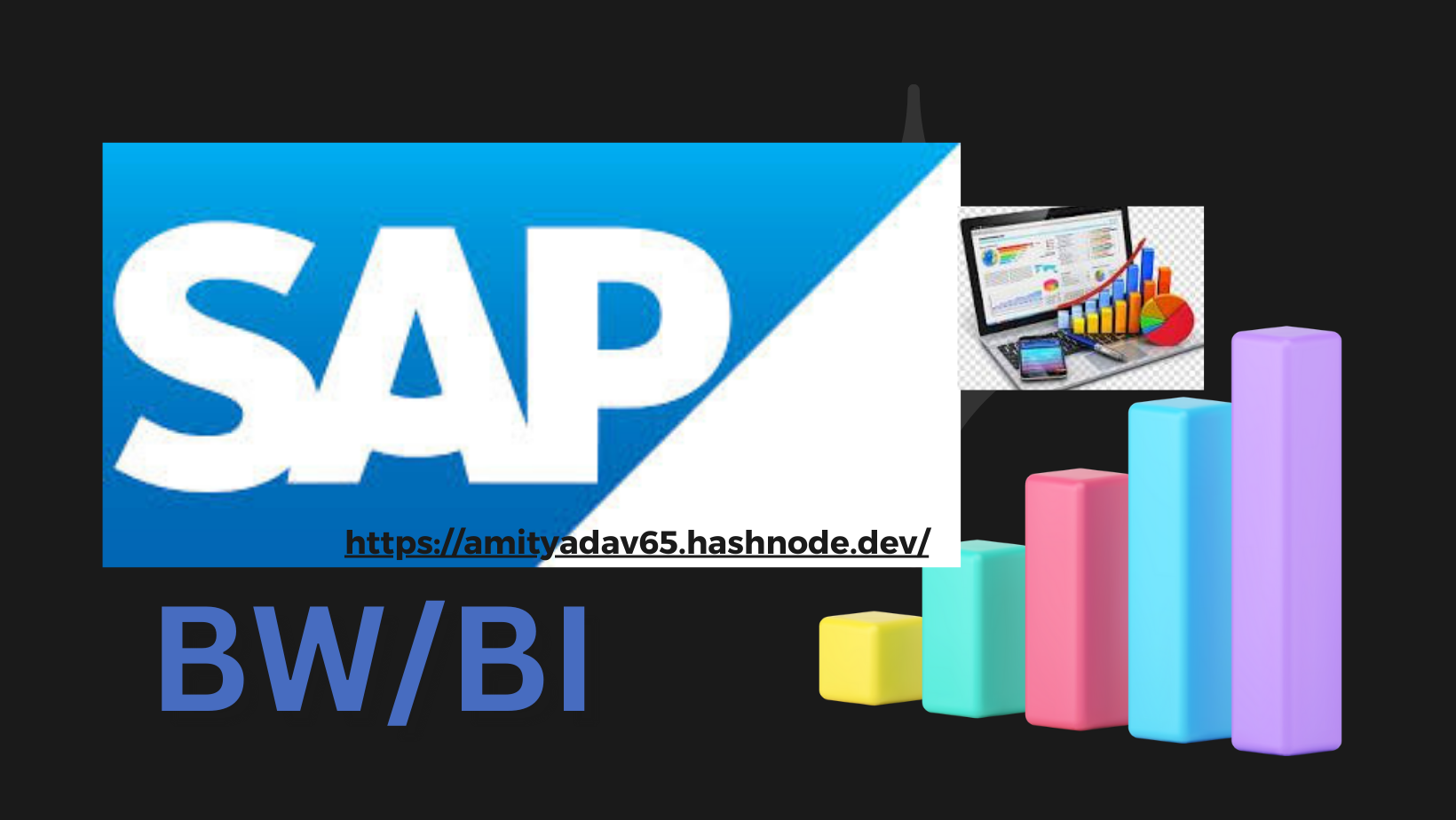
Hello friends, in this article, we will understand the basic terminology used in SAP BW/BI, which is crucial for anyone involved in data management, analytics, or business decision-making. This article aims to demystify key concepts and terms that form the backbone of SAP BW/BI, providing a solid foundation for beginners and a quick reference for seasoned professionals. By familiarizing yourself with these terms, you will be better equipped to navigate and leverage the full potential of SAP's powerful data warehousing and business intelligence solutions.
What is ERP System:
Enterprise resource planning (ERP) refers to a type of software that organizations use to manage day-to-day business activities such as accounting, procurement, project management, risk management and compliance, and supply chain operations. A complete ERP suite also includes enterprise performance management, software that helps plan, budget, predict, and report on an organization’s financial results.
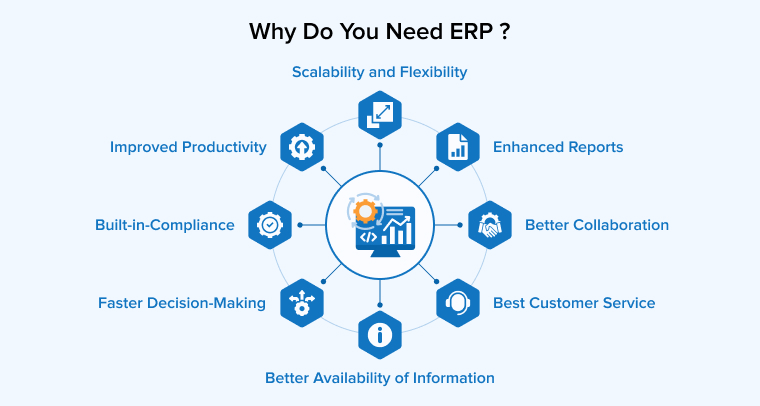
Business Warehouse (BW)
A Business Warehouse (BW) is a comprehensive data warehousing solution designed to collect, store, and manage large amounts of data from various sources. The goal of a BW is to provide businesses with a centralized repository of data that can be used for reporting, analysis, and decision-making.
Business Intelligence (BI):
Business Intelligence (BI) refers to a set of technologies, processes, and tools that organizations use to collect, analyze, and present business data in a way that supports better decision-making. The goal of BI is to convert raw data into meaningful insights that can help drive business strategy and performance.
DATA MINING
Data mining is the process of extracting knowledge or insights from large amounts of data using various statistical and computational techniques.
Data Analytics:
Data analytics takes raw data and turns it into useful information. It uses various tools and methods to discover patterns and solve problems with data. Data analytics helps businesses make better decisions and grow.
Data Visualization:
Data visualization is the representation of information and data using charts, graphs, maps, and other visual tools. These visualizations allow us to easily understand any patterns, trends, or outliers in a data set.
Data Contract:
A data contract in the context of data products refers to a formal agreement or specification that defines how data is structured, formatted, and communicated between different components of a data system or between parties involved in data exchange.
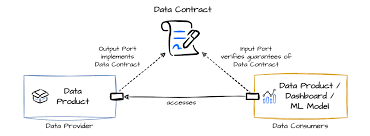
Data Modeling:
Data modeling is the process of creating a visual representation of either a whole information system or parts of it to communicate connections between data points and structures.
Data Integration:
Data integration is the process of combining data from multiple sources into a single, unified view. The goal of data integration is to make the data more useful and meaningful for the purposes of analysis and decision making.
Data Cleaning:
Data cleaning is the process of fixing or removing incorrect, corrupted, incorrectly formatted, duplicate, or incomplete data within a dataset.
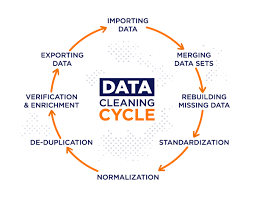
Data Warehouse:
A data warehouse is a centralized Repository that stores and analyzes structured and semi-structured data from multiple sources for business intelligence (BI) purpose.
Data Mart:
A data mart is a simple form of data warehouse focused on a single subject or line of business .its focus on particular business functions for a specific community within an organization.
Data Lake:
A data lake is a centralized repository designed to store, process, and secure large amounts of structured, semistructured, and unstructured data. It can store data in its native format and process any variety of it, ignoring size limits.
Delta Lake:
Delta Lake is an open source project that enables building a Lakehouse architecture on top of data lakes.it uses ACID transactions to bring reliability, performance, and flexibility to data lakes.
Data Pipeline:
A data pipeline is a set of tools and processes used to automate the movement and transformation of data between a source system and a target repository.
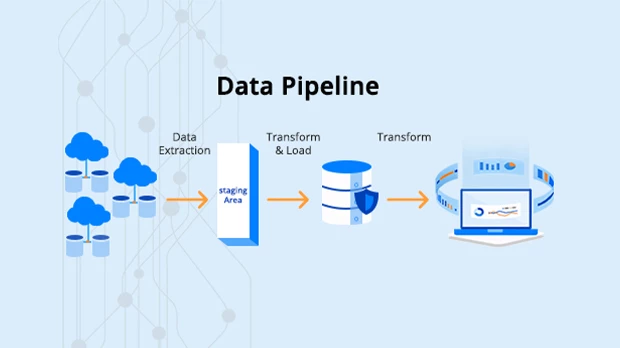
Data Mesh:
A data mesh is a decentralized data architecture that organizes data by a specific business domain—for example, marketing, sales, customer service, and more—providing more ownership to the producers of a given dataset.
Data Lake House:
A data lakehouse is a new, open data management architecture that combines the flexibility, cost-efficiency, and scale of data lakes with the data management and ACID transactions of data warehouses, enabling business intelligence (BI) and machine learning (ML) on all data.
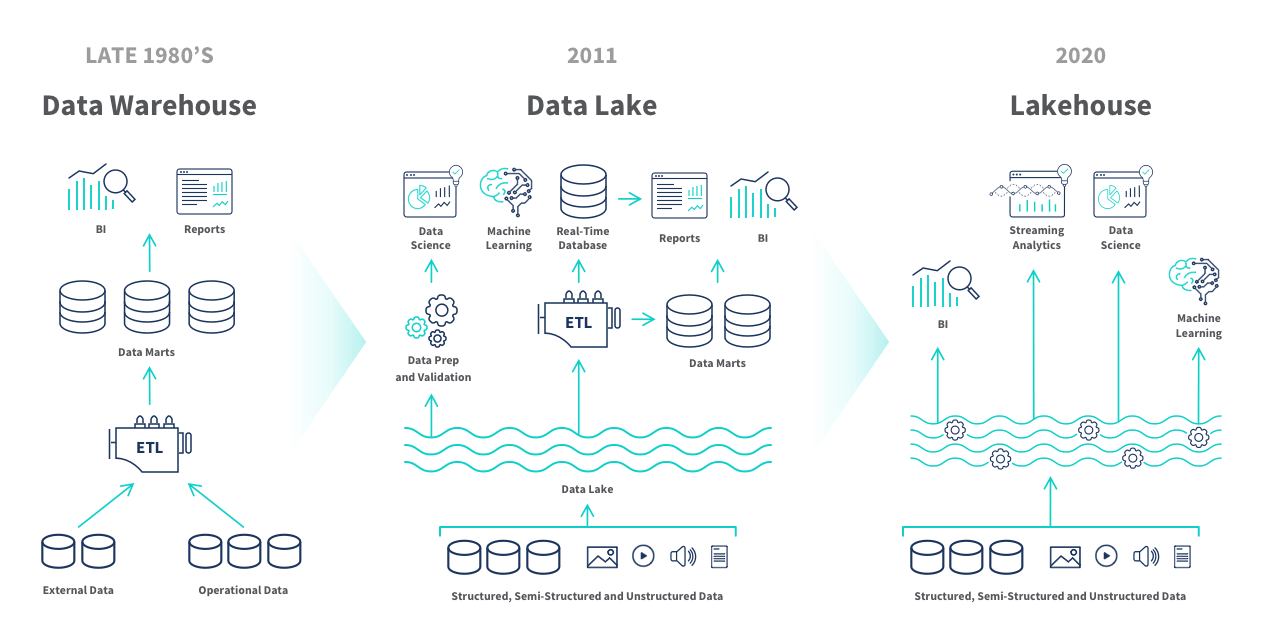
Subscribe to my newsletter
Read articles from Amit Yadav directly inside your inbox. Subscribe to the newsletter, and don't miss out.
Written by

Amit Yadav
Amit Yadav
i am amit yadav i am trying to learn daily new skills to explore ourselves.